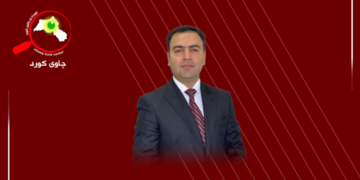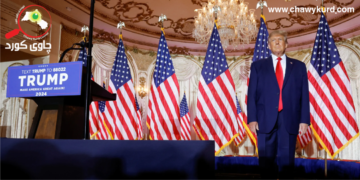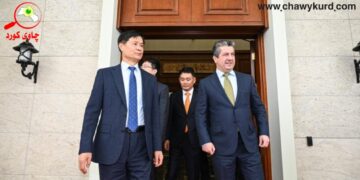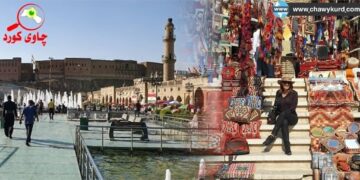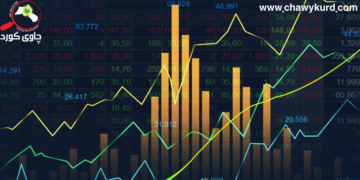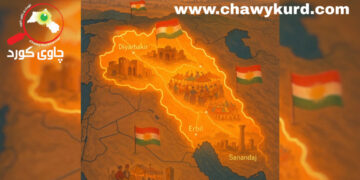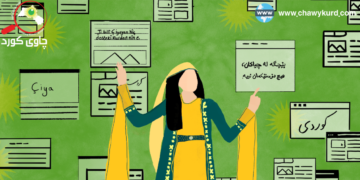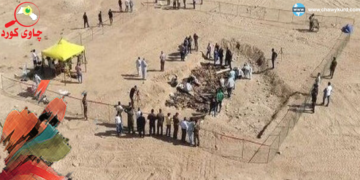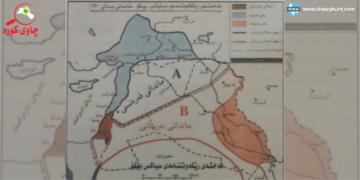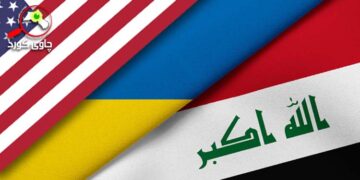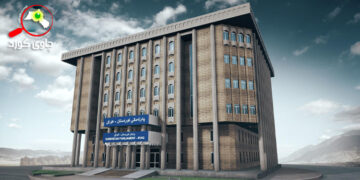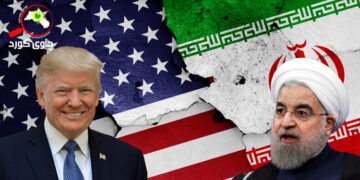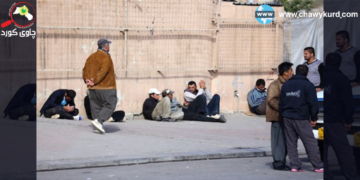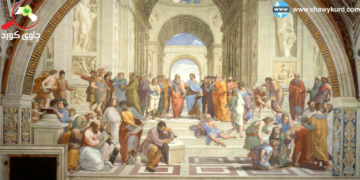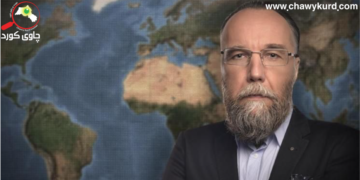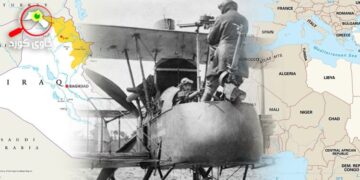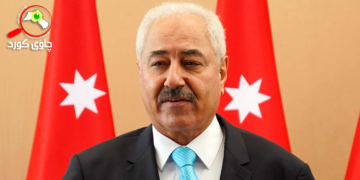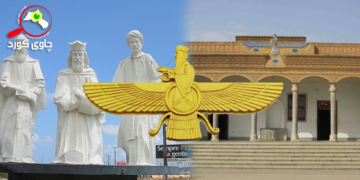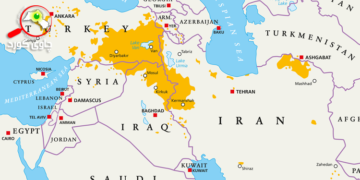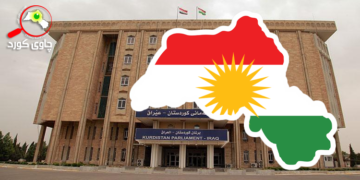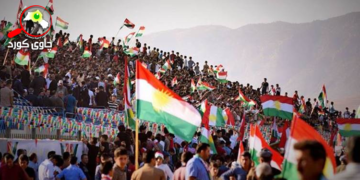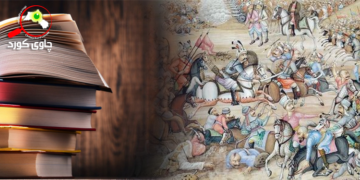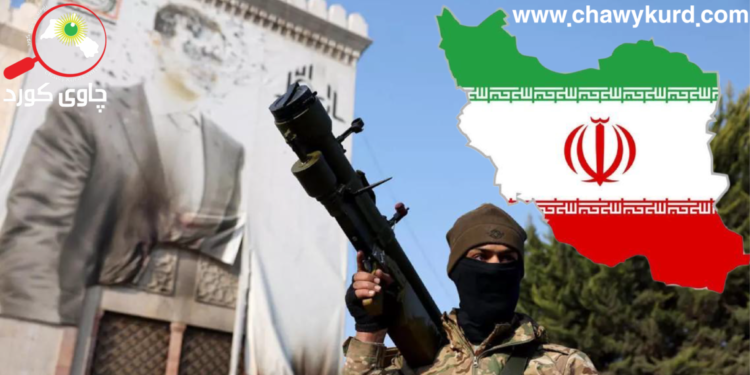The beginning of a new phase in a pluralistic Syria
December 8, 2024 is an important historical day for all religions and ethnic groups in Syria, because after nearly six decades of injustice, insults, oppression and repression of its citizens, this authoritarian and family regime ended. Syria has entered another political stage that will be nothing like the past six decades. Thus, this change caused damage of the regime of Bashar al-Assad, who ruled alone for twenty-four years.
Syria as a social geometry is a plural structure like any other state in the Middle East, which is known to the whole world whether it is multi-religious, cultural, ethnic or sectarian. Over the past six decades, political power has been absolutely monopolized by only one group or family, so that it has tried all available mechanisms and tools to portray Syria as a homogeneous country, but this has not been sustained has been observed during this period.
Assad’s fall and the loss of Tehran’s extreme regional strategy
The fall of the Assad regime on December 8 led to the loss of Tehran’s most important strategic area in the region. Although Tehran can change its position to another country in the region, it cannot compensate Syria because the Quds Force and the Revolutionary Guards from Iraqi territory to Syrian cities connects to the Mediterranean coast and its merger with Lebanon’s Hezbollah. Iran has begun to collapse in the face of a new political system that is gradually being experienced in the Middle East and the Arab world, so that these systems have fallen under the control of other regional and global forces.
No matter how much Iran tries to regain its position and influence deep inside Syria, it is because of popular rejection and the repressive and brutal attacks of its militias in dealing with the Syrian people over the past decade. Although after the disappearance of Assad, Tehran officially declared at the level of the Foreign Ministry, official institutions and officials that they respect the sovereignty and territorial integrity of Syria, but all the groups playing a role in post-Assad Syria that has been a key factor in the survival of Assad’s regime for more than a decade. The situation in post-Assad Syria is the beginning of Tehran’s emptying of the big dream it has been working to achieve through Syria, Lebanon and Yemen to control the capitals of Arab countries in West Asia. Iran’s political doctrine is based on unchangeable factors related to the survival of the regime, hegemony and control of strategic regional capitals, maintenance of ballistic missile and drone programs and commitment to its main goal of recognizing Iran as an effective regional state.
“Syria and the beginning of the fall of the main pillars of Iranian hegemony”
Recent events in Syria have completely broken Tehran’s knees and opened its future in the region into an uncertain tunnel, especially after the extent of the damage it has suffered in southern Lebanon and the Syrian arena. After the fall of Assad, a new report reveals that Iran, which supported the regime, lost $ 50 billion with the flight and the end of his rule. The Sunday Times reported that the files showed that the Syrian president owed large sums of money to his sponsors in Tehran. This is in addition to the political and strategic damage to the Shiite Crescent project, so that with the disappearance of Assad, the line from Tehran to Lebanon will no longer cut more than Iraq, which is the biggest strategic damage to Tehran. Assad’s fall is a powerful blow to Iran in a region it has always considered part of its regional influence.
In recent months, the alliance has come under increasing pressure with the killing of prominent leaders, including Hezbollah secretary-general Hassan Nasrallah, in an Israeli raid last September, and leaders of the Hamas movement in Gaza. Iranian academic Mehdi Zakarian believes that; the main goal of regime change in Syria is to “cut off Iran’s weapons” in the Middle East, signaling that Tehran cannot support Hezbollah as it used to. On the Iranian street, it is also clearly expressed that Assad’s fall is a great loss for Tehran, because Syria was a strategic gateway for Iran to the Mediterranean. Assad’s fall would greatly weaken Iran’s position, and could have dire consequences for all of us.





